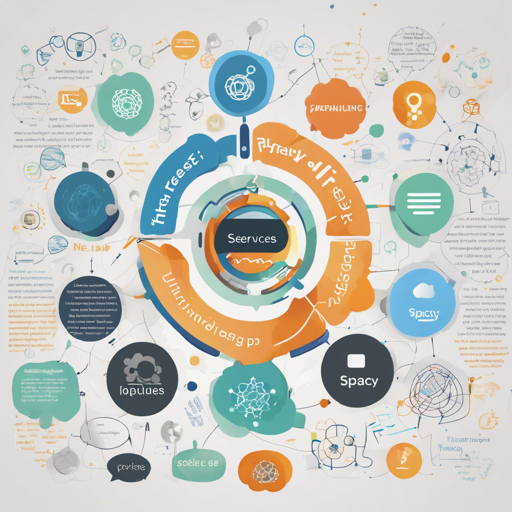If you’re looking to leverage the power of spaCy through REST microservices, you’re in the right place! This blog will guide you through setting up and using these services effectively. Think of spaCy’s REST services as a toolbox that allows you to pull out just the right tool for your language processing needs.
What are spaCy REST Services?
spaCy REST services are like entry points to a vast library of language processing tools. They enable you to perform various tasks without diving deep into the coding required to implement them. These services power interactive demos that showcase how spaCy can be utilized in real-world applications.
Getting Started
Before diving into the individual services, ensure you have Python 3 installed on your machine, as this is a prerequisite to run the REST services. Let’s briefly walk through the available services:
- displacy: This service helps you serve a spaCy model that extracts dependencies and named entities from your texts.
- sense2vec: This service serves a sense2vec model that includes automatic sense detection, improving semantic understanding.
- matcher: This endpoint lets you run pattern matches over text and retrieves matches and tokens in JSON format.
Setting Up the Environment
To start utilizing these services, follow these steps:
- Clone the repository from the spaCy GitHub page.
- Install the required dependencies, mainly hug.
- Start the REST services using Python 3.
- Access the respective API endpoints through your browser or a tool like Postman.
Understanding the Code – An Analogy
Imagine you’re at a restaurant, and each spaCy service is like a different cuisine that caters to certain tastes. You wouldn’t want to put all the different dishes onto one plate—they’re better enjoyed individually. Similarly, each REST service is tailored for a specific NLP task:
- The displacy service allows you to extract flavors (dependencies and named entities) from the dish (text).
- The sense2vec service provides a deeper taste experience by identifying subtle nuances (sense detection) in the dish.
- The matcher service lets you find specific ingredients (patterns) in a recipe (text) and serves it up in a neatly organized way (JSON format).
Troubleshooting Tips
If you encounter issues while setting up or using the spaCy REST services, here are some potential solutions:
- Ensure your Python version is indeed 3.x, as older versions may cause compatibility issues.
- If a service doesn’t load, check the console for errors and ensure all dependencies are installed.
- Refer to the API documentation in the respective service directories for detailed instructions and examples.
- If problems persist, consider reaching out for community support.
For more insights, updates, or to collaborate on AI development projects, stay connected with fxis.ai.
Conclusion
At fxis.ai, we believe that such advancements are crucial for the future of AI, as they enable more comprehensive and effective solutions. Our team is continually exploring new methodologies to push the envelope in artificial intelligence, ensuring that our clients benefit from the latest technological innovations.

